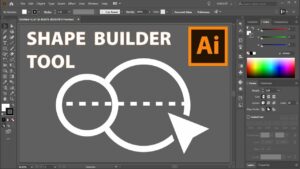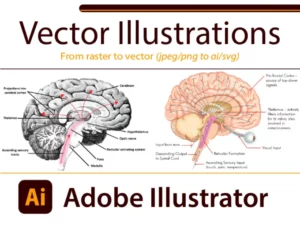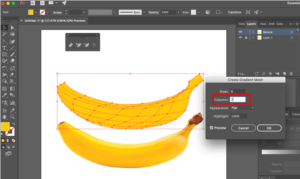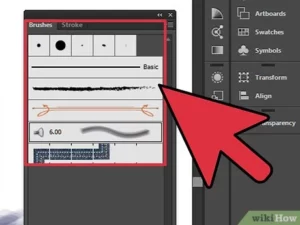Mastering AutoCAD: A Comprehensive Guide to Drawing Lines and Polylines
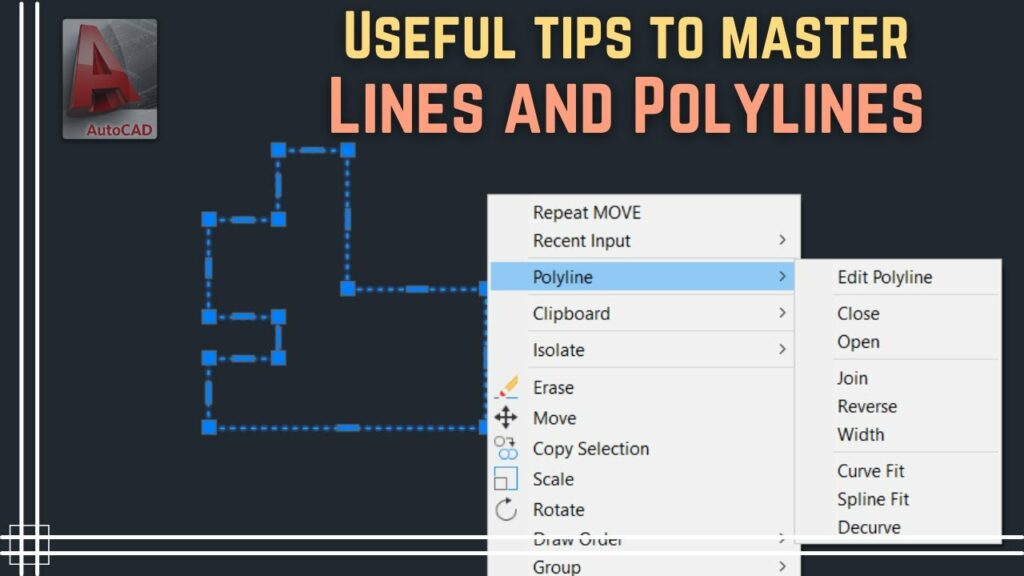
In the world of computer-aided design (CAD), precision and accuracy are paramount, and knowing how to draw lines and polylines in AutoCAD is fundamental to creating detailed and intricate drawings. Whether you’re an architect, engineer, draftsman, or designer, mastering the art of drawing lines and polylines in AutoCAD will empower you to bring your design concepts to life with precision and efficiency. In this comprehensive guide, we’ll explore the tools and techniques for drawing lines and polylines in AutoCAD, discuss their applications and functionalities, and provide step-by-step instructions to help you hone your drafting skills and unleash your creativity in AutoCAD.
Understanding Lines and Polylines in AutoCAD:
Before diving into the specifics of drawing lines and polylines in AutoCAD, it’s essential to understand the differences between these two fundamental drawing elements:
- Lines: In AutoCAD, a line is a basic geometric entity that consists of a series of connected line segments. Lines are used to represent straight or curved paths between two points in the drawing area and can have varying lengths, angles, and orientations.
- Polylines: A polyline, short for “polygonal line,” is a complex drawing entity that consists of multiple connected line segments, arcs, or curves. Polylines are versatile and can represent a wide range of shapes, such as polygons, rectangles, circles, and irregular shapes.
Drawing Lines in AutoCAD:
AutoCAD offers several methods for drawing lines, each suited to different workflow preferences and drawing requirements. Here’s how to draw lines in AutoCAD using the Line tool:
- Using the Line Command:
- Launch AutoCAD and open a new or existing drawing file.
- Navigate to the Home tab on the Ribbon and click on the Line tool icon in the Draw panel.
- Specify the first point of the line by clicking in the drawing area or entering precise coordinates.
- Specify additional points of the line by clicking in the drawing area or entering distance and angle values.
- Press Enter to finish drawing the line.
- Using Object Snaps:
- Take advantage of object snaps (OSNAP) to accurately locate points on existing objects in the drawing, such as endpoints, midpoints, intersections, and centers.
- Enable object snaps by clicking on the Object Snap button in the status bar or using keyboard shortcuts (e.g., F3 for Endpoint, F4 for Midpoint).
- Using Polar Tracking:
- Utilize polar tracking to constrain line segments to specified angles relative to the current drawing orientation.
- Enable polar tracking by clicking on the Polar Tracking button in the status bar or using keyboard shortcuts (e.g., F10 to toggle polar tracking on and off).
Drawing Polylines in AutoCAD:
Drawing polylines in AutoCAD allows you to create complex shapes and contours with ease and precision. Here’s how to draw polylines in AutoCAD using the Polyline tool:
- Using the Polyline Command:
- Launch AutoCAD and open a new or existing drawing file.
- Navigate to the Home tab on the Ribbon and click on the Polyline tool icon in the Draw panel.
- Specify the first point of the polyline by clicking in the drawing area or entering precise coordinates.
- Continue specifying additional points of the polyline by clicking in the drawing area or entering distance and angle values.
- To create arcs or curves within the polyline, use the Arc option in the Polyline command and specify the start point, end point, and radius of the arc.
- Press Enter to finish drawing the polyline.
- Editing Polylines:
- After drawing a polyline, you can edit and modify its segments, vertices, and properties using various editing commands and tools in AutoCAD.
- Use commands such as PEdit (Polyline Edit), Move, Copy, Rotate, and Trim to edit and manipulate polylines in the drawing.
- Closing Polylines:
- To close an open polyline and create a closed shape, use the Close option in the Polyline command or manually connect the last point to the first point of the polyline.
Best Practices for Drawing Lines and Polylines:
To maximize efficiency and precision when drawing lines and polylines in AutoCAD, consider implementing the following best practices:
- Plan Your Drawing: Before starting a new drawing, plan and visualize the layout, dimensions, and elements you want to include. This will help streamline the drawing process and ensure accuracy and consistency.
- Use Object Snaps and Polar Tracking: Take advantage of object snaps and polar tracking to accurately locate points and constrain line segments to specified angles. This will ensure precise alignment and positioning of drawing elements.
- Practice Precision: Strive for precision and accuracy in your drawings by using precise measurements, angles, and coordinates. Take advantage of AutoCAD’s precision tools and grid settings to achieve accurate results.
- Use Layers for Organization: Organize your drawing elements into layers based on their properties, such as color, linetype, and visibility. This will make it easier to manage and edit individual components of the drawing.
- Experiment and Explore: Take the time to explore the various drawing tools, commands, and settings available in AutoCAD. Experiment with different techniques and workflows to discover new ways to optimize your drafting process.
Conclusion:
Mastering the art of drawing lines and polylines in AutoCAD is essential for creating precise, detailed, and professional-quality drawings in various industries and applications. By understanding the functionalities of drawing tools, practicing their use in different design scenarios, and implementing best practices for efficiency and accuracy, you can elevate your drafting skills and unlock new possibilities in AutoCAD. Whether you’re sketching simple lines and shapes or creating complex contours and profiles, knowing how to draw lines and polylines effectively will enable you to produce high-quality drawings with confidence and precision. With dedication, practice, and a commitment to continuous learning, you’ll become proficient in drawing lines and polylines in AutoCAD and excel in your CAD design endeavors.
